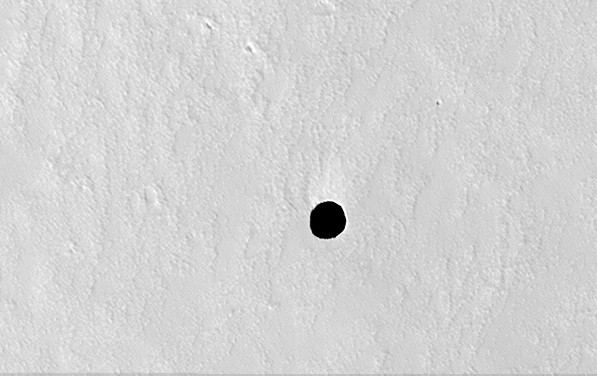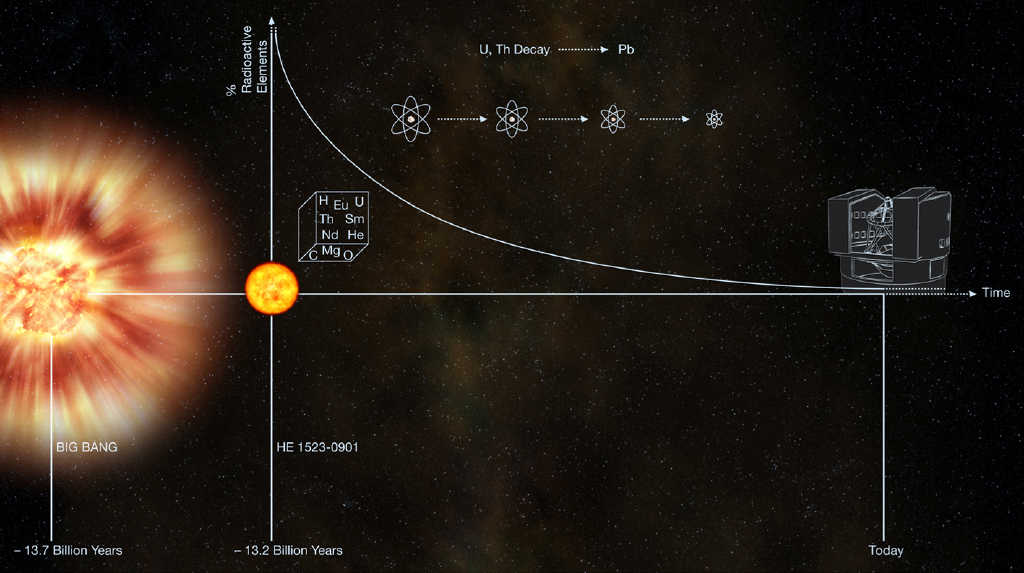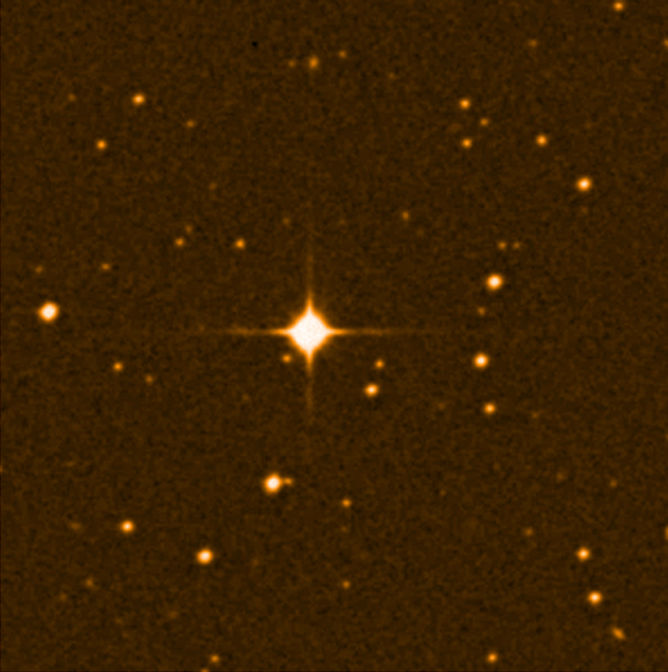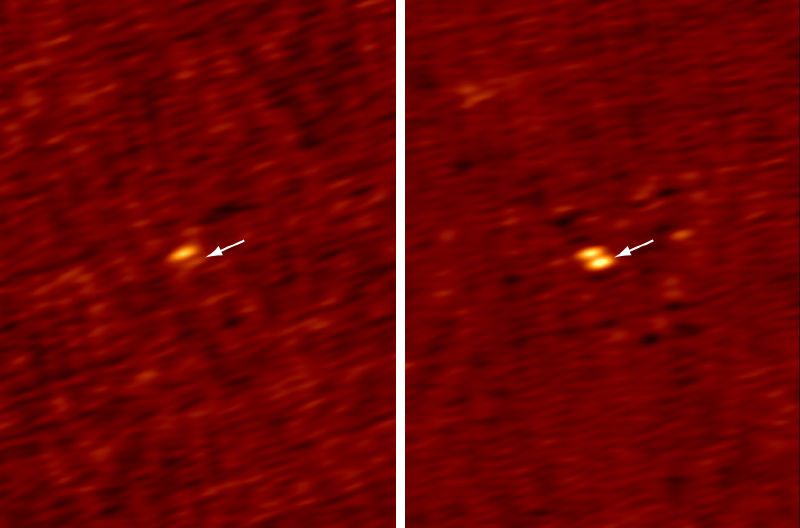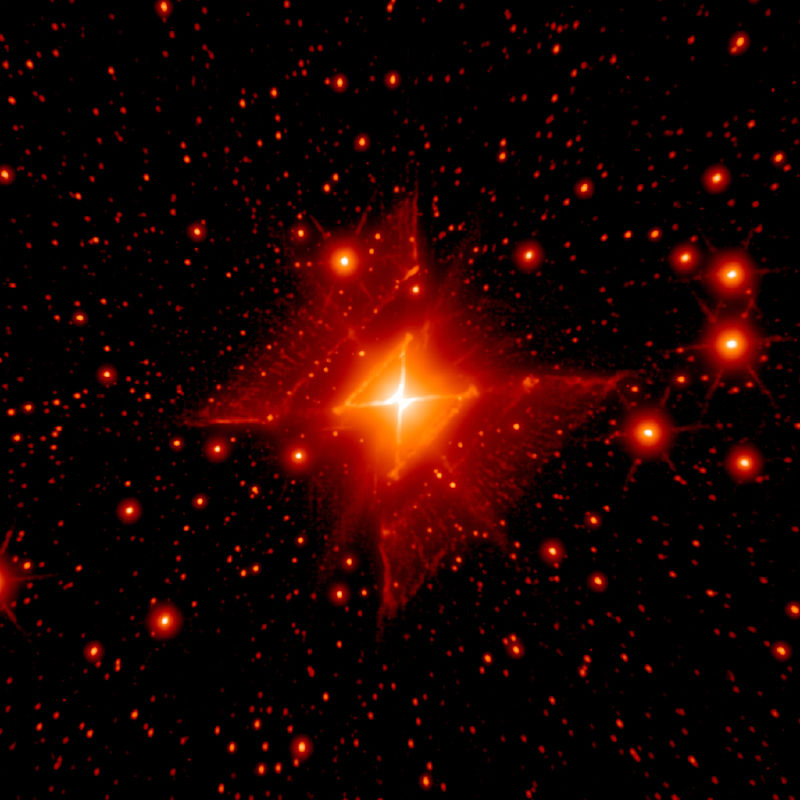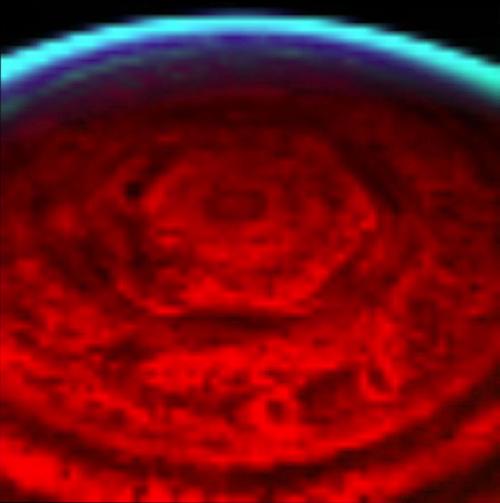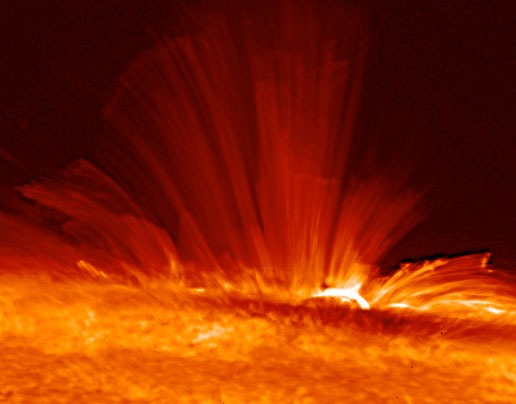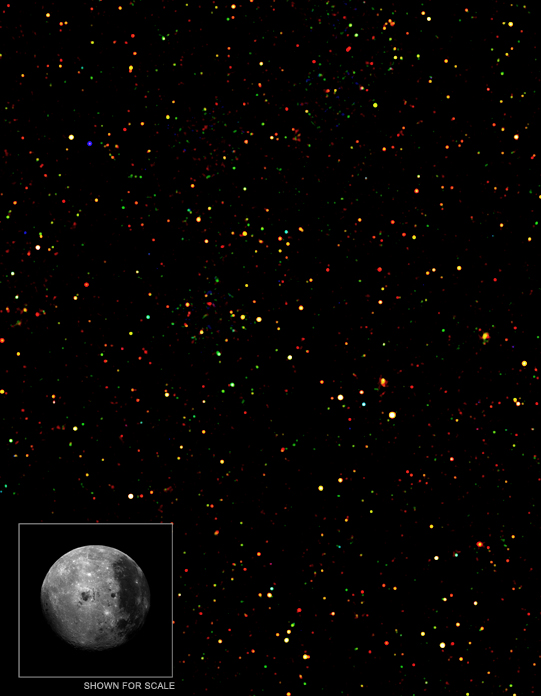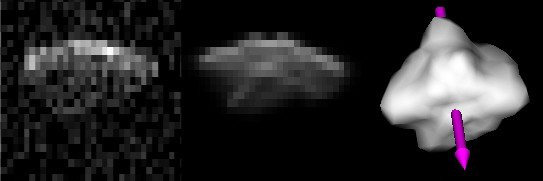A spectacular comet, one of the brightest in forty years, graced our skies in mid January of this year. Comet McNaught, known more poetically by its designation C/2006 P1, was discovered fairly recently by Scottish-Australian astronomer Robert H. McNaught on the 7th of August, 2006. Since then it made its way into the inner solar system where it swung past the sun at a distance of only 0.17 AU on January 12th, 2007 - an event that did not go unnoticed by NASA's Solar and Heliospheric Observatory (SOHO) where it appeared so bright that it saturated its camera. From our vantage point on Earth the comet appeared just as spectacular, reaching an estimated maximum apparent magnitude of -6. Comet McNaught is a non-periodic comet so I'm afraid to say that we will never see it again - I sure hope that you all went out to see it while you had the chance!
It has been said, in medieval times, that comets warned of impending doom - what utter rubbish, as an enlightened scientist I can find no evidence that supports this ancient belief. Instead we should stand in awe at their beauty and appreciate how fortunate we are to have an opportunity to observe one of these spectacular objects with our very own eyes.
In other news, NASA's Mars Reconnaissance Orbiter is suffering a number of problems with its instruments. The problems began late November 2006 when one of its 14 camera detecter pairs were showing increased noise. Images taken mid-January (just as comet McNaught was at its brightest) revealed signs of the same problem in five other detectors and there are concerns that the situation may worsen with time. The problems don't stop there, the Mars Climate Sounder instrument (which maps the temperature, ice clouds and dust distributions in the atmosphere) is suffering a glitch that causes position errors in the measurements it takes. The errors have become so frequent that the instrument has been temporarily stowed while the science team looks into the problem.
More bad news from Mars, NASA lost contact with the Mars Global Surveyor on November 2nd (3 months after comet McNaught was discovered) just as they were days away from celebrating its tenth year of service - it was only designed to operate for two years! It is believed that a failure prevented the spacecraft's solar panels from tracking the sun, resulting in an eventual power failure.
To add to these woes, one of the Hubble Space Telescopes (HST) main science instruments went offline on January 27th (just after comet McNaught rounded the Sun). The Advanced Camera for Surveys (ACS), which has produced many of the images that the HST is famous for, appears to have lost its power feed and has stopped functioning. Although there is little hope that the ACS will become operational again the remaining instruments on the HST are still functional. Furthermore, with the HST servicing mission targeted to fly in September of 2008 it is likely that we will see several newer and better instruments installed in the not too distant future.
Finally, a Zenit-3SL rocket carrying a Dutch communications satellite detonated on the Sea Launch platform on the 30th of January. It was the first failure of such a rocket in nearly seven years and the cause of the most recent failure is not known.
Like I said, there is absolutely no evidence that comets warn of impending doom!







 RSS (Subscribe)
RSS (Subscribe)